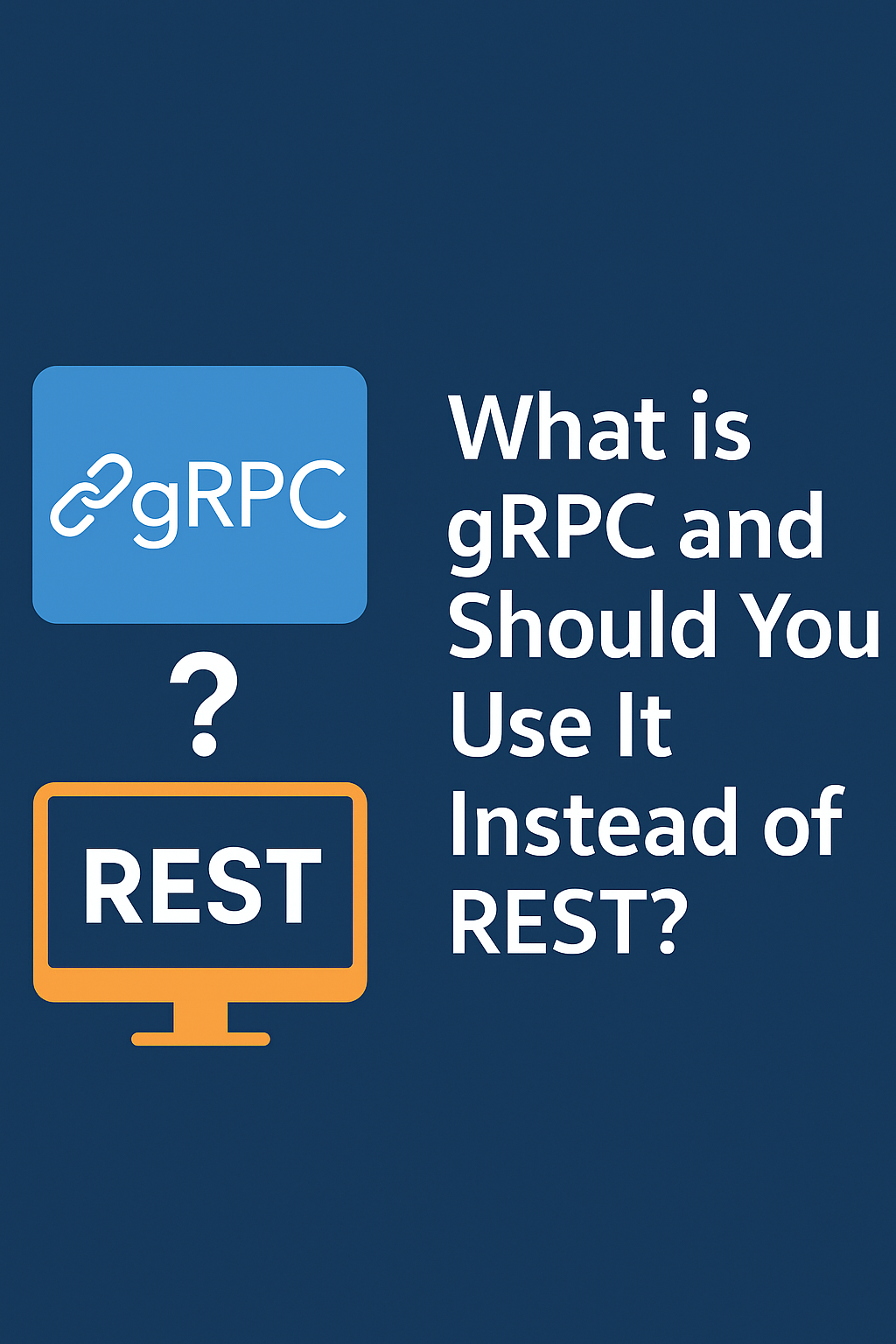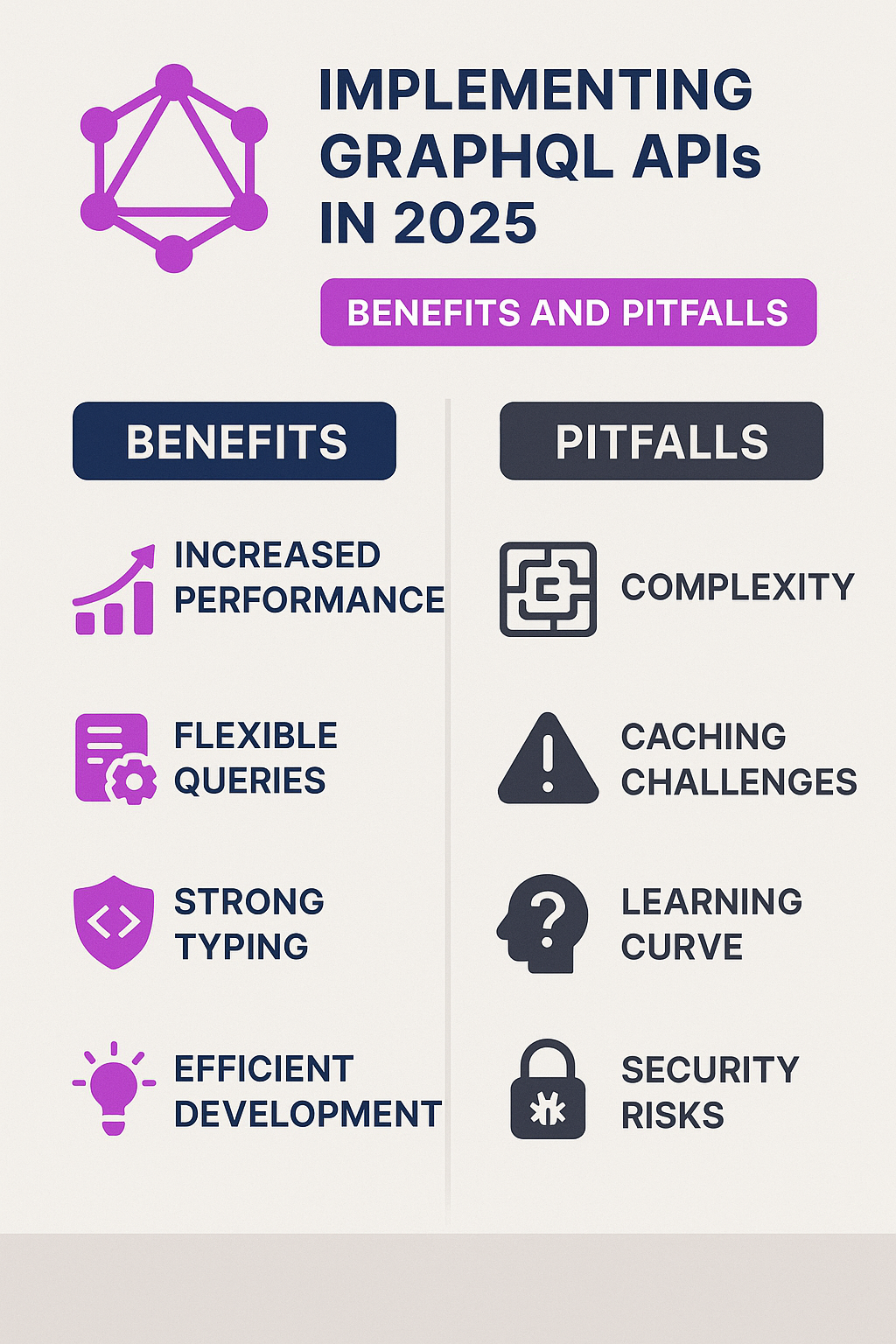
Introduction
As applications grow, a single unified data model can become a bottleneck. Read operations often require different data shapes than write operations, and auditing every change becomes harder over time. This is where CQRS (Command Query Responsibility Segregation) and Event Sourcing shine. Together, they help build scalable, maintainable, and fully traceable systems. In this post, you’ll learn how CQRS and Event Sourcing work and how to implement them cleanly in a Spring Boot application.
What Is CQRS?
CQRS is an architectural pattern that separates the write model (commands) from the read model (queries). Instead of using the same model for both, the application handles commands and queries independently. As a result, reads become faster and more optimized, while writes become more structured and validated.
Benefits of CQRS
- Clear separation of responsibilities
- Optimized read performance
- Flexible write validation
- Easier scaling for high-traffic apps
- Cleaner domain logic
Because reads and writes are independent, you can scale each side independently based on workload.
What Is Event Sourcing?
Event Sourcing stores changes to the application state as a sequence of events rather than saving only the latest snapshot. Each event represents something that happened in the system, such as UserRegistered or OrderCreated.
Why Use Event Sourcing?
- Perfect audit trail
- Easy to rebuild state from events
- Natural fit for distributed systems
- Enables time-travel debugging
- Integrates well with CQRS
Therefore, Event Sourcing offers strong traceability and data integrity in complex systems.
How CQRS and Event Sourcing Work Together
Using both patterns results in a powerful architecture:
- The command side validates intent and produces events.
- The event store saves those events.
- The query side listens to events and updates read models.
- Clients read from optimized databases such as Elasticsearch, Redis, or Postgres views.
This creates a clean separation where writes generate events and reads consume projections based on those events.
Implementing CQRS in Spring Boot
Start by separating your commands and queries at the code level.
Command Example
public record CreateOrderCommand(String orderId, String productId, int quantity) {}
Command Handler
@Service
public class OrderCommandHandler {
public OrderCreatedEvent handle(CreateOrderCommand command) {
// validate and apply rules
return new OrderCreatedEvent(command.orderId(), command.productId(), command.quantity());
}
}
Commands do not return data models—only events or acknowledgments.
Query Example
public record GetOrderQuery(String orderId) {}
Query Handler
@Service
public class OrderQueryHandler {
private final OrderReadRepository repo;
public OrderDetails handle(GetOrderQuery query) {
return repo.findById(query.orderId());
}
}
This separation keeps logic clean and improves maintainability.
Implementing Event Sourcing
An event store holds every event in the order it occurred. You can use databases like Postgres, MongoDB, EventStoreDB, or even Kafka.
Example Event
public record OrderCreatedEvent(String orderId, String productId, int quantity) {}
Saving Events
@Repository
public class EventStore {
private final JdbcTemplate jdbc;
public void saveEvent(Object event) {
jdbc.update("INSERT INTO events (type, data) VALUES (?, ?)",
event.getClass().getName(), new ObjectMapper().writeValueAsString(event));
}
}
Rebuilding Aggregate State
public OrderAggregate rebuildState(List<Object> events) {
OrderAggregate state = new OrderAggregate();
events.forEach(state::apply);
return state;
}
Projecting Events for Read Models
@Service
public class OrderProjection {
private final OrderReadRepository repo;
public void onOrderCreated(OrderCreatedEvent event) {
repo.save(new OrderView(event.orderId(), event.productId(), event.quantity()));
}
}
As new events arrive, projections stay updated automatically.
Choosing Databases and Tools
- Event Store: Postgres, Kafka, EventStoreDB, MongoDB
- Projections: Elasticsearch, Redis, Postgres, Cassandra
- Messaging: Kafka, RabbitMQ, Spring Cloud Stream
Your choice depends on scale, latency needs, and consistency requirements.
When to Use CQRS + Event Sourcing
These patterns are ideal for systems that need:
- High write throughput
- Heavy reads with different data shapes
- Strong auditing
- Complex domain logic
- Event-driven microservices
However, they introduce complexity. For simple CRUD apps, standard Spring JPA is often enough.
Best Practices
- Keep events immutable
- Use clear event names (
OrderPaid,OrderShipped) - Avoid mixing write and read models
- Use optimistic concurrency
- Rebuild projections in the background
- Document your domain events clearly
Following these steps ensures a stable and readable domain architecture.
Final Thoughts
Using CQRS and Event Sourcing in Spring Boot can transform how your application handles data. By separating commands from queries and storing every change as an event, you gain scalability, reliability, and complete traceability. Start small with one aggregate and one projection, then expand as your domain grows. To explore more Spring architecture topics, read Building Reactive APIs with Spring WebFlux. For deeper guidance on event sourcing, see the official EventStoreDB documentation.



